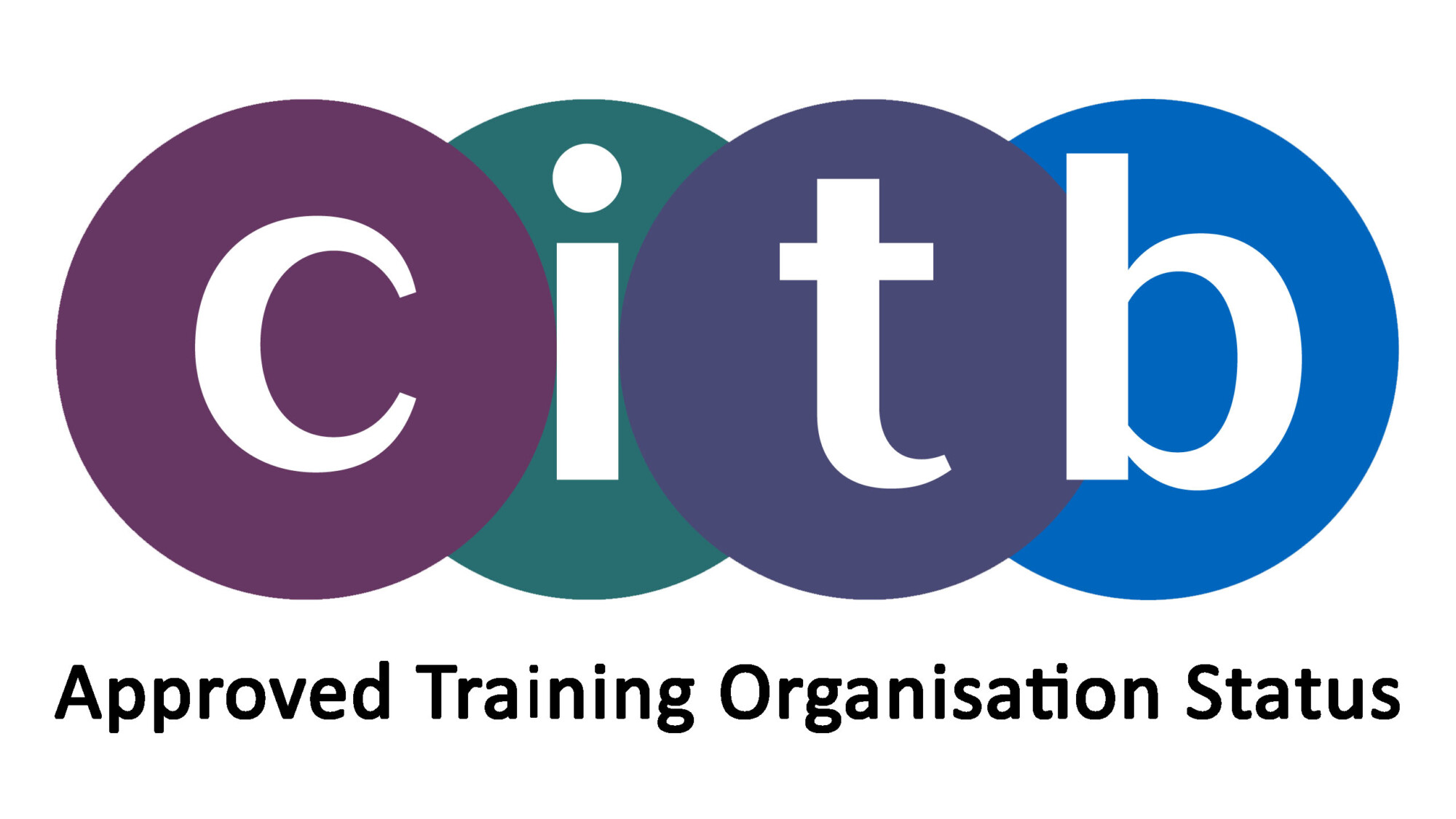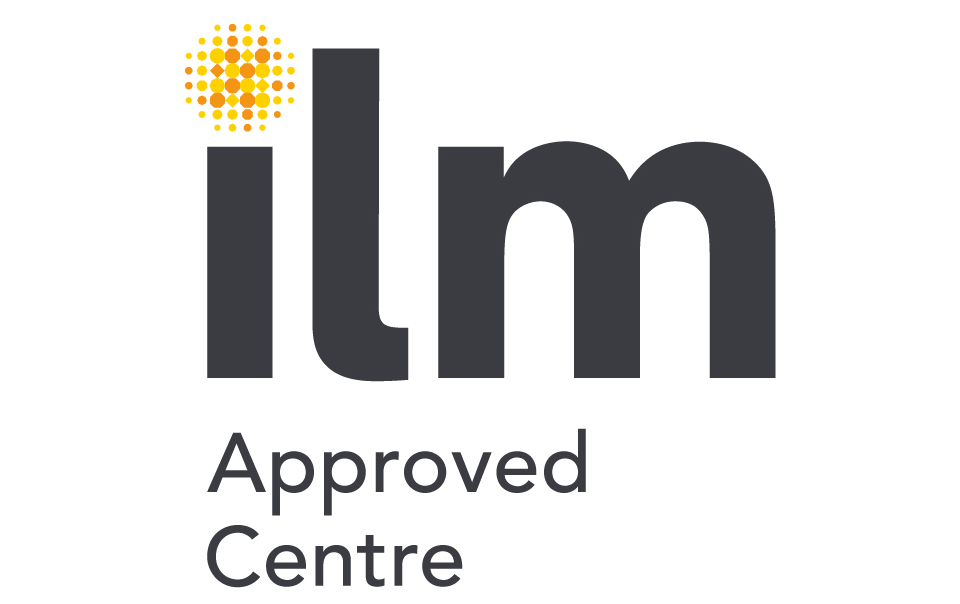Creating a Continuous Learning Culture in Your Business
If your business wants to make an impact, it needs a culture that encourages continuous learning. We’ve taken a brief look into how you can foster curiosity and an open mindset to improve business agility.
Why Continuous Learning is Best for Business
Every organisation wants engaged and productive employees who can drive innovation and collectively achieve your business goals. That dream scenario is achievable when you encourage your teams to gain and use new knowledge and skills.
Research shows that organisations with a continuous learning culture are more likely to be profitable and future-ready. So don’t get left behind when the solution is in your hands.
A 5 step Guide to creating an effective learning culture
1-Value, identify and plan
Chances are you have some form of learning in place already. But unless it’s a core value of your organisation, a continuous learning culture can’t take root.
Identify learning gaps with a skills audit or interview and block out learning time during the working week. Employee buy-in is critical for your learning plan to take root, so involve your teams every step of the way.
2-Create an optimal environment
There is no one-size-fits-all approach to building an optimal learning environment. However, there are strategies for helping your employees take ownership of their learning.
For example, your organisation could provide learning resources and personalised plans with ongoing support for different learning styles that align with your team’s needs. Letting passionate team members drive the agenda will unlock a powerful, continuous learning culture. It’s a smart way to empower your teams to create the optimal learning environment that works for them.
3-Encourage and give candid feedback
Candid and constructive feedback is critical for development and growth. Encourage team members to ‘fail forward’ by enabling them to learn from their mistakes.
Your feedback should give insight into where they can improve and what they got right, delivered non-judgmentally. More importantly, constructive feedback shows your teams how learning can help them reach their goals.
4-Be the change you want to see in your teams
You can’t integrate a learning culture into your organisation without leading by example.
As a learning leader, you need to model the behaviour you want to see in your teams. And prioritising learning and skills development is a great way to lead by example.
You need to make the value proposition of continuous learning crystal clear. So, if you want to create that culture, you need to live it yourself.
5-Recognise, measure and repeat
Recognise and reward your employees’ learning milestones with tangible rewards. Celebrate across your organisation to reinforce the benefits of upskilling. Recognition is a tangible way to show your teams the value of learning and development.
Finally, measure the effectiveness of your initiatives and identify areas for improvement. Tracking learning-related KPIs such as satisfaction, completion rates, and skill improvement is critical if you want to successfully implement your organisation’s continuous learning culture.


